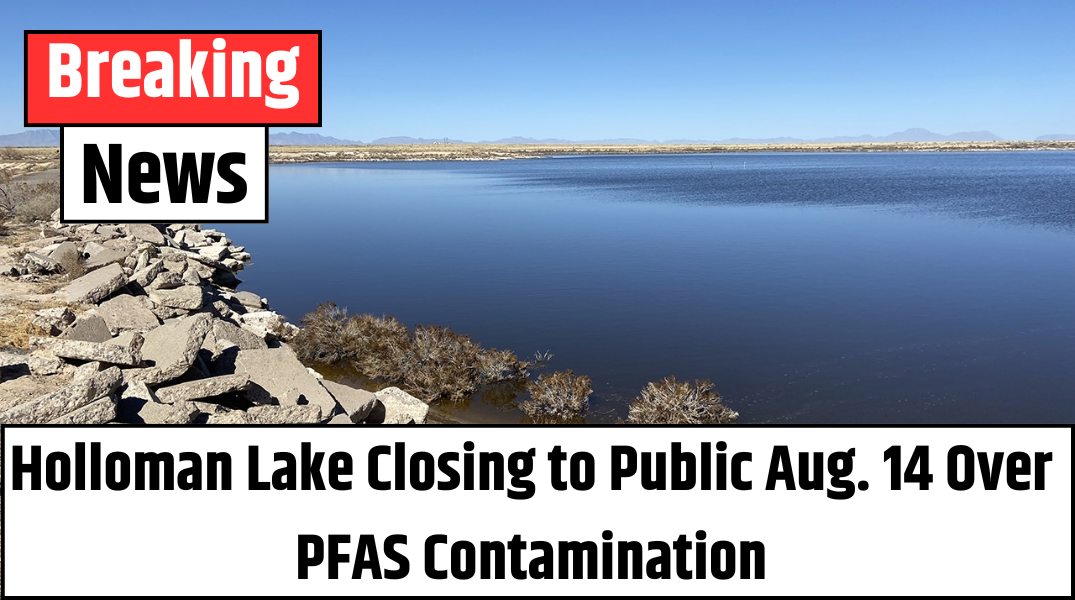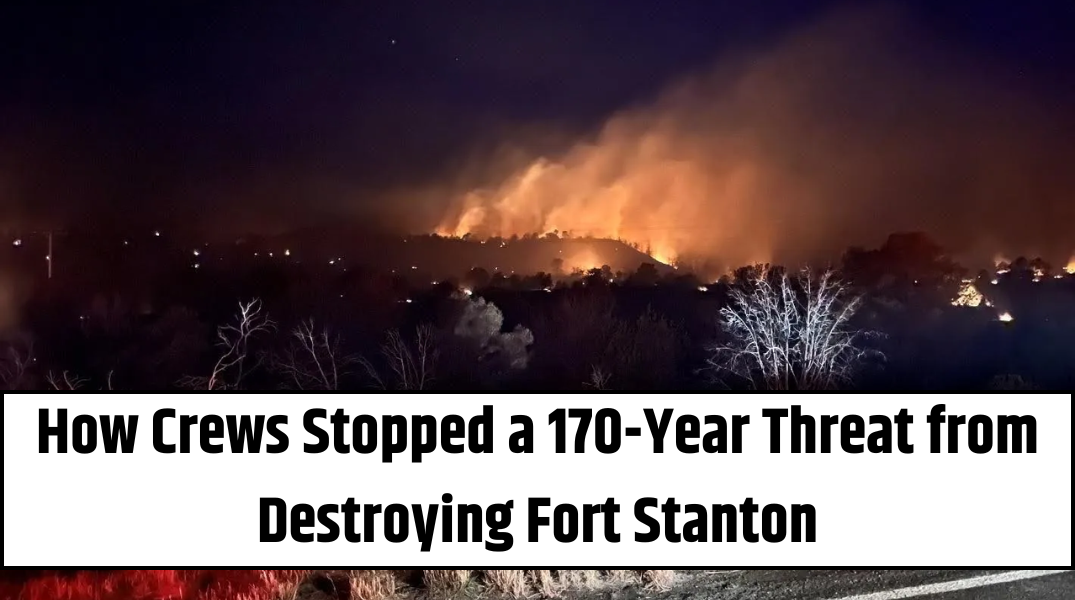Beginning August 14, public access to Holloman Lake—also known as the Holloman Evaporation Pond—and its surrounding lands will be suspended due to health risks tied to chemical contamination. The decision was made by U.S. Air Force Col. John Ethridge, commander of the 49th Wing at Holloman Air Force Base, in an effort to safeguard public health, despite a federal law mandating continued public access.
The closure comes amid rising concerns about the presence of per- and polyfluoroalkyl substances (PFAS), often referred to as “forever chemicals,” which have been detected in both soil and water in the area. The contamination has been traced back to the historical use of Aqueous Film Forming Foam (AFFF), a substance once commonly employed in firefighting training exercises on the base.
Denise Ottaviano, a spokesperson for Holloman Air Force Base, said the installation continues to evaluate the scientific research surrounding PFAS and adjusts policy decisions accordingly.
In 2024, an environmental review conducted by the New Mexico Environment Department (NMED) uncovered what it described as unprecedented levels of PFAS in plants and animals living near Holloman Lake—marking the highest concentrations ever recorded in wildlife globally.
Also Read – Over 100 Kilos of Cocaine Seized in NJ, Suspect Now Facing Charges
The Environmental Protection Agency (EPA) has since classified perfluorooctanoic acid (PFOA) and perfluorooctanesulfonic acid (PFOS)—two common PFAS variants—as hazardous substances under the Comprehensive Environmental Response, Compensation, and Liability Act (CERCLA).
In response to these findings, the base had already halted its hunting program in 2019 and placed signage around the lake prohibiting recreational activities. Water-based recreation has also been banned.
A public health advisory was issued by the New Mexico Department of Health (NMDOH), warning individuals who may have hunted or consumed animals from the area between 2010 and 2024 about potential exposure.
Holloman Lake receives treated effluent water from the base’s wastewater treatment facility and was never intended for recreational use. The land was transferred to the Department of the Air Force from the Department of the Interior in 1995 as part of a federal directive to construct a new treatment facility.
Officials clarified that drinking water supplies for Holloman Air Force Base, Alamogordo, and nearby communities remain unaffected. Water drawn from wells located 12 to 35 miles southeast of the base continues to be tested and has shown no signs of PFAS contamination.





